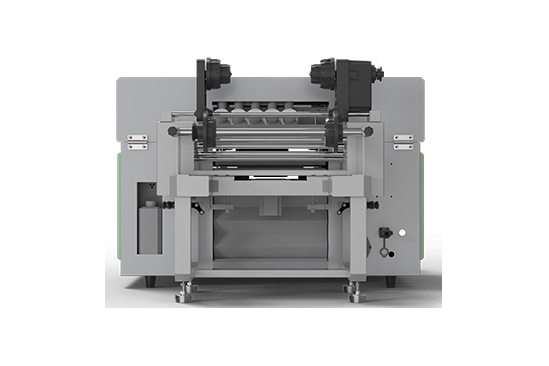Purchasing a UV printer is a significant investment for businesses looking to enhance their printing capabilities. To ensure you make an informed decision, here are key considerations to keep in mind when purchasing a UV printer:

1. Printing Size and Capacity:
Evaluate the printing size and capacity of the UV printer to ensure it meets your specific needs. Consider the maximum printing width and length requirements for your projects. If you anticipate handling larger or oversized materials, select a UV printer that can accommodate those sizes. Additionally, assess the printer's production capacity, including print speed and workload capabilities, to ensure it aligns with your expected output volume.
2. UV Ink Technology:
UV ink technology plays a crucial role in the print quality and durability of UV-printed materials. Look for UV printers that utilize high-quality UV ink, as it provides better adhesion, scratch resistance, and color vibrancy. Research the availability and cost of UV inks for the printer model you are considering to ensure it is compatible with your budget and future printing needs.
3. Versatility in Material Compatibility:
Consider the range of materials the UV printer can handle. Look for a printer that offers versatility in terms of compatible substrates, such as paper, cardboard, plastics, acrylics, and even metal. This ensures the printer can handle a wide variety of projects, allowing you to explore creative possibilities and cater to diverse client needs.
4. Print Resolution and Color Gamut:
Evaluate the print resolution and color gamut capabilities of the UV printer. Higher print resolution ensures sharper details and smoother gradients, resulting in better print quality. A wider color gamut allows for more accurate color reproduction, enabling vibrant and true-to-life prints. Consider the specific requirements of your projects, such as fine text, intricate designs, or color-critical applications, and choose a UV printer that can meet those needs.
5. Print Durability and Resistance:
Assess the durability and resistance properties of the UV prints produced by the printer. UV prints should be resistant to scratches, fading, moisture, and other environmental factors to ensure their longevity. Evaluate sample prints or inquire about the durability of prints produced by the UV printer model you are considering to ensure they can withstand the intended applications and usage conditions.
6. Workflow and Integration:
Consider the workflow and integration capabilities of the UV printer within your existing production setup. Evaluate the printer's compatibility with design software, RIP (Raster Image Processing) software, and other production tools you currently use. Assess the ease of file transfer, color management, and overall workflow efficiency to ensure seamless integration into your printing operations.
7. Maintenance and Support:
Understand the maintenance requirements of the UV printer and the level of technical support available. UV printers may require periodic maintenance, cleaning, and replacement of consumables. Inquire about the availability of service technicians, spare parts, and technical support from the manufacturer or distributor to ensure prompt assistance if any issues arise.
8. Cost and Return on Investment (ROI):
Consider the initial investment cost, as well as the long-term return on investment (ROI) of the UV printer. Evaluate the printer's features, capabilities, and durability against its price to determine its value for your specific business needs. Additionally, factor in ongoing costs such as UV inks, maintenance, and consumables to assess the overall cost of ownership.
By carefully considering these key factors, you can make an informed decision when purchasing a UV printer that aligns with your business requirements and helps you achieve your printing goals.
kenteer has launched UV printers for customers. If you have any needs, you can contact us for a quote.
